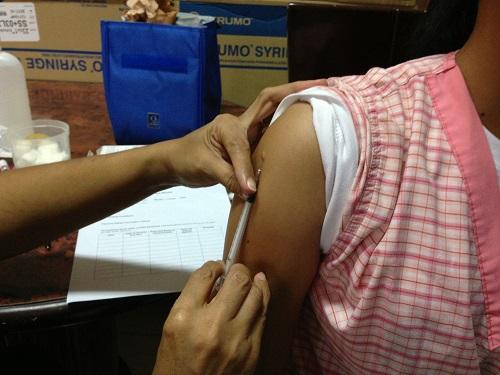WHO work group on rabies vaccines and rabies immunoglobulins forms new recommendations
- Community News
- Policy and advocacy
Updated, more practical recommendations are necessary to improve the public health impact of biologics against rabies.
In July 2016, a rabies working group was formed by WHO to review evidence on several aspects of rabies prophylaxis to try to improve such recommendations. Specifically they were asked to (i) assess evidence and country practices in the use of human rabies vaccine and rabies immunoglobulins (RIG), including that of targeted vaccination of high risk communities in rural settings; (ii) review the new evidence on the need for pre-exposure prophylaxis (PrEP) booster doses and the cost-effectiveness of the interventions; (iii) assess the most recent evidence on the potential shortening of post-exposure prophylaxis (PEP) schedules and new regimens; (iv) review the evidence and revisit the current WHO position for RIG and monoclonal antibody use with the view to improve access to care and increase public health impact; (v) assess the implementation and evidence of the current recommendation on intradermal use of cell culture-derived vaccines (CCV); (vi) assess the economic burden of rabies and cost-effectiveness of vaccination to inform rabies vaccination strategies (including vaccination in the context of other control strategies); (vii) consider new vaccines in different phases of clinical trials or in the process of obtaining WHO prequalification and/or national market authorization by mid/end 2016.
At a meeting held in October 2017, the group presented its findings to the Strategic Advisory Group of Experts on Immunization at WHO for their consideration. Amongst the conclusions of the meeting were that:
- PEP regimens administered intradermally (ID) are cost and dose-sparing, even in clinics with low patient throughput.
- Three PEP regimens have proven effective and are recommended depending on health service and patient needs. The IPC regimen: 2-site (0.1 ml per site) ID on days 0, 3 and 7; the Essen regimen: 1-site (1 vial per site) IM on days 0, 3, 7 and 14-28, unrestricted for all populations, and the Zagreb regimen: on 2-sites IM on day 0 and 1-site IM on days 7 and 21.
- Patients with documented immunodeficiency should be evaluated on a case-by-case basis, and generally given a full course of PEP with RIG.
- Accelerated PrEP regimens for all age groups of healthy individuals of the general population are either a 2-site (0.1 ml per site) ID regimen on days 0 and 7, or a 1-site (1 vial per site) intramuscular (IM) regimen on days 0 and 7.
- PrEP can be considered in populations with very high bite incidence above 5% annually and should be based on assessment of the local context and epidemiology.
- There is no contraindication for use of PrEP and PEP, including for children, pregnant women, immunocompromised individuals and those receiving chloroquine or hydroxychloroquine.
- New evidence from Cambodia and Tanzania shows that when thorough wound washing and prompt administration of vaccine is provided to category III bite victims, 99% survive.
- Trials and programmatic experience indicate that infiltration of RIG in and around the wound neutralizes rabies virus within hours and RIG administered intramuscularly distant to the wound is of limited value. These recommendations will allow RIG dose sparing by calculating the maximum dose based on body weight, but injecting only the volume needed to infiltrate the wound(s). Guidance for aseptic use of remaining RIG will need to be developed.
- Equine RIG (eRIG) is clinically equivalent to human RIG (hRIG) and skin testing prior to its administration should be abandoned.
The SAGE committee recommended that these updates are made to allow a more efficient, prudent and equitable use of human rabies biologics, particularly in endemic settings.
You can learn all about the latest WHO guidelines with our free, online Rabies Healthcare Certificate course. Upon completion, you will receive a certificate of achievement to demonstrate your new knowledge and expertise. Learn more here.
Summarised by Louise Taylor of GARC from WHO webpages. The meeting documents—including presentations and background readings—can be found here and a summary of the meeting is available here. The full meeting report will be published in the WHO Weekly Epidemiological Record on December 1, 2017.
